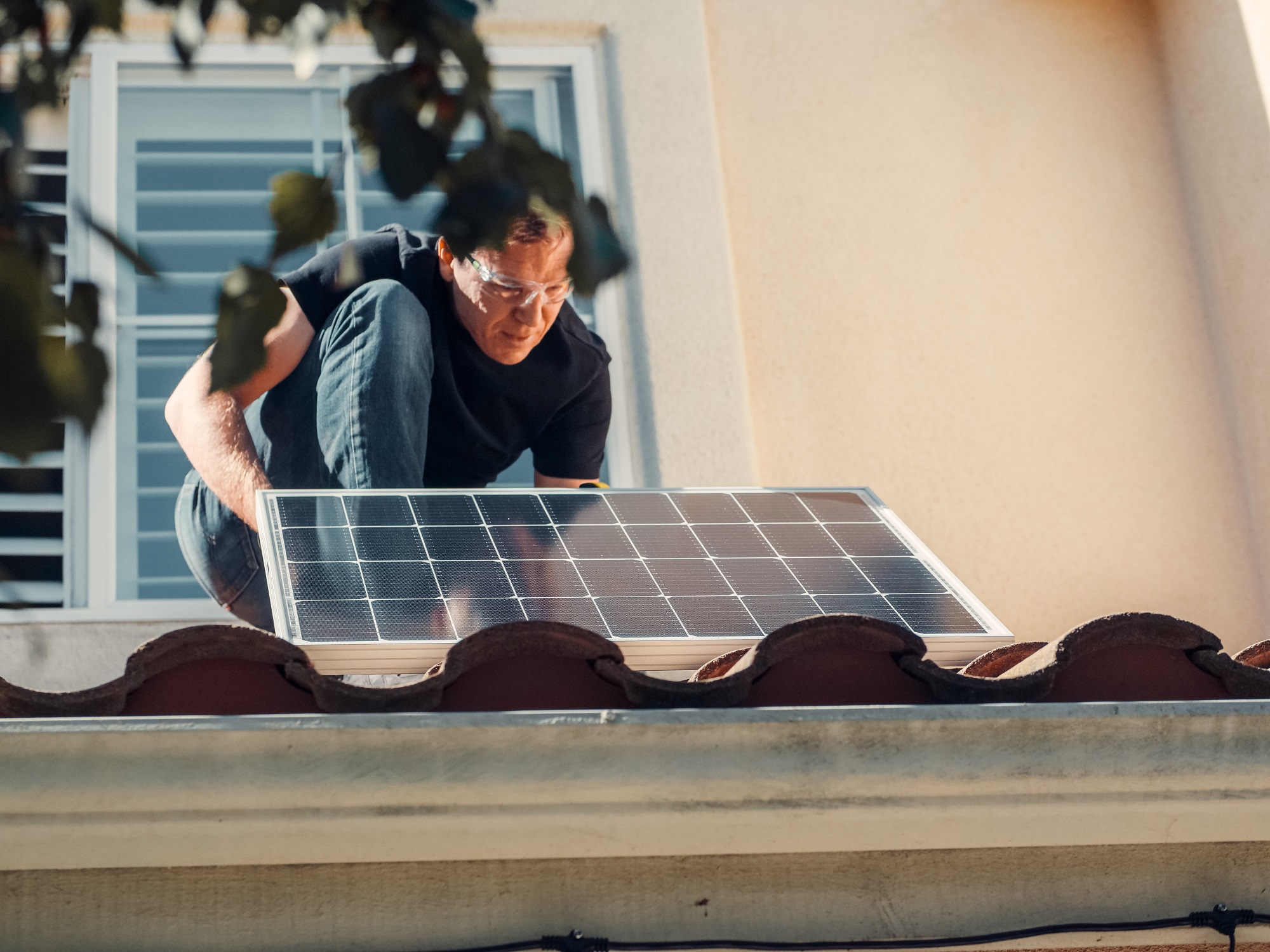
Homeowners producing solar energy may see a dramatic decrease in the value of credits for solar energy sent back to the electric grid, as California adopts a new net energy metering (NEM) program on April 14.
The new program will change the credit value for solar energy sent back to electric grids to incentivize storing excess energy with home batteries, explained Tyler Boden, a solar energy consultant and founder of the San Clemente-based Boden Energy Solutions.
Net Energy Metering 1, created in 1996, gave homeowners full retail value credits per kilowatt hour of solar energy produced and sent back to the utility grid. Under Net Energy Metering 2, which was created in 2016, customers receive full retail credit minus fees for solar energy sent back to the grid.
“Net Metering 3 is changing the dynamic so that the export credit value is far less than retail value in most cases,” Boden said. “It’s based on something called an avoided cost calculator, so that each of the utilities sets its credit value per hour per month, 24 hours in a day, 12 months in a year; they set the credit value per hour.”
With San Diego Gas & Electric, solar energy compensation can drop as low as $0.001 per kilowatt hour sent to the utility grid in April or as high as $2.795 in September.
“The credit value is much less than retail, on average; it’s about a 75% reduction in the value of exported energy statewide,” Boden said.
“The bottom line is, the utilities want to incentivize people not to send them energy, and so this new net metering, or what’s considered net billing structure, will do that by giving people a much lower credit value for exporting energy to the grid,” Boden continued.
Instead, Boden explained, homeowners will be incentivized to store their solar energy with a home battery to offset their energy consumption during the peak time of use billing, generally between 4 p.m. and 9 p.m.
“In general, that will help to save people more money than if they were sending energy back to the grid,” Boden said. “So, that’s really where batteries will be valuable, and that’s exactly what the (California Public Utilities Commission) and the utilities are trying to incentivize people to do, is to add storage along with solar so that they’re sending less energy back to the grid.”
Energy companies want to incentivize homeowners to send less energy to the grid, because the companies incur costs while selling excess energy and supplying energy after sundown.
“During the day, when so much solar is being generated and sent onto the grid, they sometimes have to sell that to neighboring states at a discount, and I think even sometimes negative value,” Boden said. “In the evening, when the sun comes down, they have to generate all the energy to supply the demand during the ramp up when the sun is coming down and people are using more energy.”
Homeowners who submit a complete application by 11:59 p.m. on April 14 are considered grandfathered into NEM 2 for 20 years from the date they receive permission to operate their solar systems. Those grandfathered in will receive full retail credit minus fees for energy sent to the grid.
Since the return on investment for energy credits will be much lower for those not grandfathered into the previous net metering, Boden added that some homeowners may decide to add solar storage or a solar system that does not fully offset their electric usage.
To be considered grandfathered in, homeowners will have to submit a completed interconnection application to their utility company, including a contract with a contractor and other planning documents.
Southern California Edison warns that the current application review time may take up to 20 business days. However, applications submitted before the mid-April deadline will still be reviewed.
